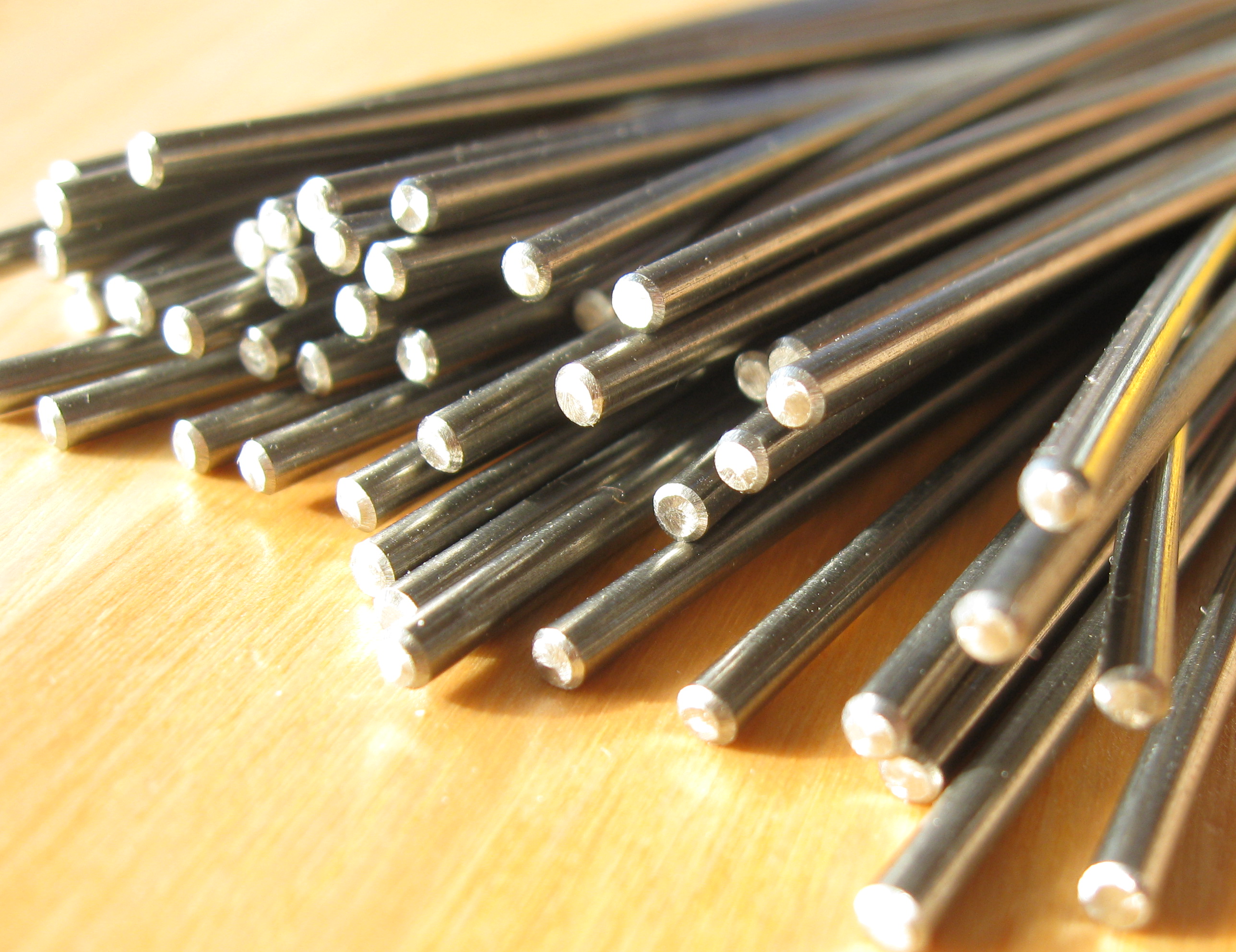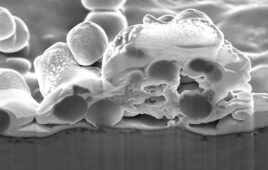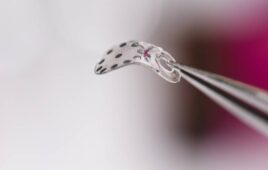Mitsubishi Electric Corporation, Kyoto University and Tohoku University announced today the world’s first successful 3 tesla Magnetic Resonance Imaging (MRI) using a small model MRI with high-temperature superconducting coils that do not require cooling with increasingly scarce liquid helium. Mitsubishi Electric expects that the high-quality images made possible at this magnetic field strength will contribute to earlier detection of illnesses.
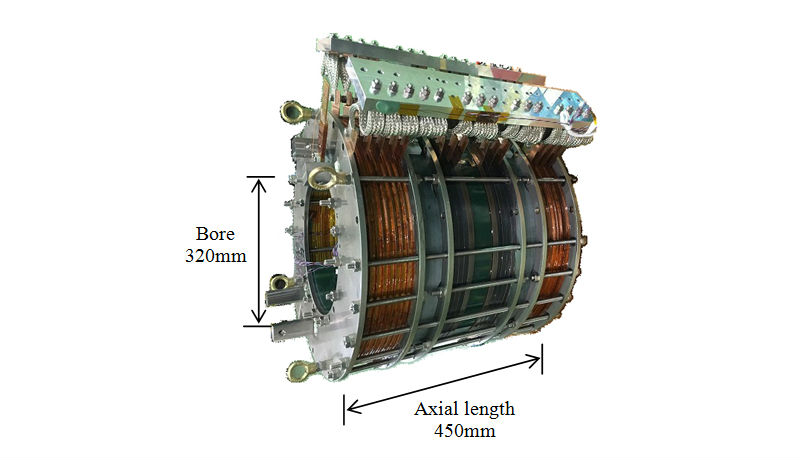
MRI model
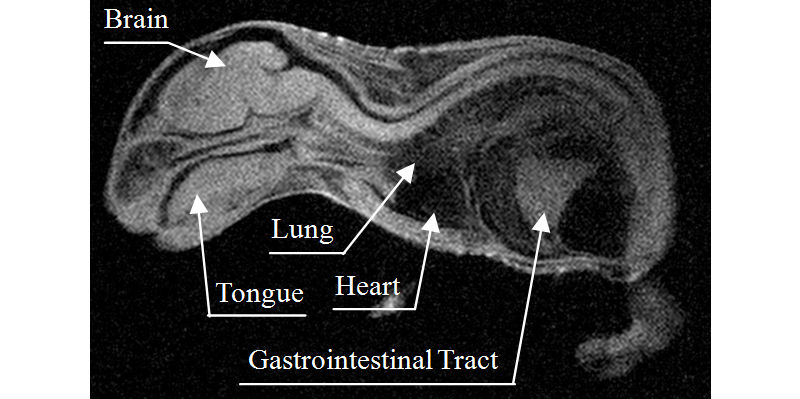
Mouse fetus image (about 25mm long)
Mitsubishi Electric, Kyoto University and Tohoku University plan to increase the size of the system to one half of a full-size MRI scanner by 2020 and to commercialize a full-size version from 2021.
Mitsubishi Electric achieved a strong, stable 3 tesla magnetic field by increasing the precision of the coil winding. Existing commercially available MRIs use low-temperature superconducting wires with a round or square cross section of 2- to 3-millimeters. The high-temperature superconducting wires are about 0.2 millimeter thick and 4- to 5-millimeters wide and are usually wound several hundred times, creating a pancake coil. Small discrepancies in the thickness and width of the wire give the coil an uneven height that can disrupt the magnetic field and distort imaging. Mitsubishi Electric solved this problem by using laser displacement meters to measure the coil height and then adjusting it with correction sheets. This realized a winding accuracy of 0.1 millimeter for pancake coils with an outer diameter of about 400 millimeters, achieving the magnetic field homogeneity required for commercial imaging.
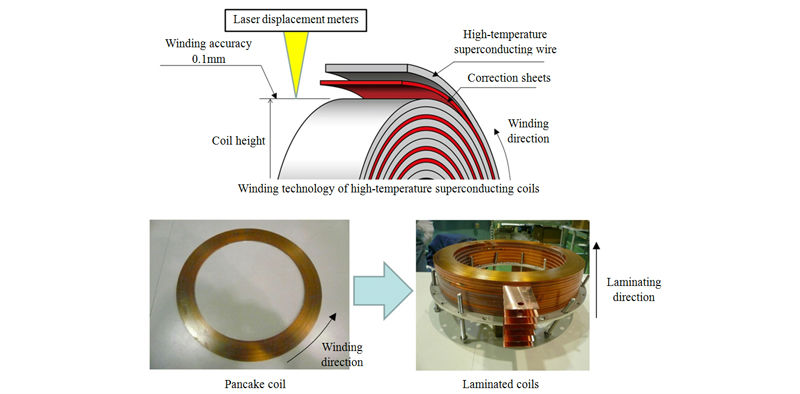
Superconducting coils are differentiated into low-temperature and high-temperature systems. In low-temperature MRI systems, the superconducting coils and analytical instruments are cooled to minus 269 degrees Celsius by applying liquid helium. However, liquid helium is a limited and depleting resource, due to the low number of gas fields and rising demand from developing countries. The use of high-temperature superconducting coils is therefore expected to increase. High-temperature superconducting wires can direct more current than low-temperature ones with the same cross sections and are able to generate magnetic fields with smaller coils, which allows for the size of electrical instruments to be reduced.
The small model has an imaging space 25 millimeters in diameter with field homogeneity of less than two-millionths, the same level required for a 230-mm dia. x 650-mm cylinder in a commercial-size MRI. Using this new approach, Mitsubishi Electric succeeded in imaging a 25-millimeter mouse fetus at 3 tesla.


